 Low stomach acid has been linked to this increasingly prevalent skin problem.
Low stomach acid has been linked to this increasingly prevalent skin problem.
Afflicting at least 14 million Americans, rosacea is a chronic skin condition that causes redness and pimples on the chin, cheeks, forehead, and particularly the nose. No healthy blush, this redness is truly embarrassing—and it can hurt, much the way burning, stinging, and sunburned skin does.
If bumps and pimples aren’t enough, rosacea can lead to tiny, red veins that look like spider webs on the face. And this condition sometimes spreads to the eyes, making them feel dry, gritty, and irritated, while eyelids look red and swollen.
Without treatment, ocular rosacea may cause serious eye problems. Equally worrisome, facial rosacea can cause knobby bumps on the cheeks and nose that multiply, eventually leading to swollen, waxy-looking tissue and a bulbous nose if not treated.
Risk factors include fair skin, a family history of rosacea, and numerous triggers that may vary for different individuals: corticosteroids, drugs that dilate the blood vessels (including some blood pressure meds), hot baths and saunas, hot foods and beverages, spicy foods, stress (particularly anger or embarrassment), strenuous exercise, sunlight, and temperature extremes.
Rosacea tends to be more serious for men if they ignore this problem. But it strikes women more often, particularly during the menopause transition. Anyone between the ages of 20 and 60 may develop this condition.
Dr. Ann Louise’s Take:
The medical community can’t say for sure what exactly causes rosacea. But recent Greek research links chronic sun exposure to this condition, so use natural sun protection (with SPF of 15 or higher) that blocks UVA and UVB radiation.
If you blush easily and show signs of rosacea, record what you’re eating and drinking to help identify your own triggers. Cheese, chocolate, citrus fruits and juices, nightshade family veggies (eggplant and tomatoes), and seafood (lobster and shrimp) worsen this condition in some people.
Also avoid sugary and refined foods with artificial food coloring, preservatives, and MSG. Aspartame and NutraSweet cause noticeable flushing in many people with rosacea.
Blackberries, blueberries, and cherries are vascular constrictors that assist in reducing redness. I’ve found that flavonoid-rich cranberries tonify blood vessels, helping to reduce the redness of rosacea. Drinking Cranberry H2O (you’ll find the recipe in Fat Flush for Life) throughout the day may be one reason Fat Flushers comment on how much better their skin looks.
The Right Treatment
Because rosacea tends to be cyclical, periodic detox is useful. Just be sure to modify your detox program to meet your body’s seasonal needs as Fat Flush for Life does. In winter, that means warming foods (like Hot Lemon Toddy, which kick-starts elimination in cold weather, soups, and steamed veggies) rather than raw foods. Always allow hot beverages to cool at least to body temperature to avoid facial flushing.
I’m a great believer that beauty is far more than skin deep. Both B vitamins and GLA will help improve your complexion. I’ve also seen many women obtain outstanding results from progesterone, which makes sense since hormonal changes often trigger rosacea.
Above all, treat your skin very gently: Don’t rub or touch your face too often. Avoid facial products containing alcohol or other irritants. Use only those labeled non-comedogenic to prevent clogged pores.
The American Academy of Dermatology has found topical creams with green tea helpful for rosacea, and another study has shown that topical vitamin B3 (niacin) improves this condition. According to research at the University of British Columbia, a natural cream with azelaic acid is as effective as topical metronidazole in treating pimples—and slightly better at reducing redness without encouraging the growth of fungus or drug-resistant bacteria.
Doctors often prescribe oral antibiotics (because they work faster than topical drugs) for their anti-inflammatory properties. Even so, you may need to take these meds for a month or so before you see results—and they can cause diarrhea and other digestive distress.
Interestingly, research has linked rosacea to low stomach acid. For most people, hydrochloric acid (HCl) or stomach acid, which knocks out dangerous bacteria—but not friendly flora—appears to work as a natural antibiotic, without causing the unwanted side effects of these medicines—including drug-resistant “superbugs.”
The Acid Test
Unless you have ulcers or have been diagnosed with a pre-ulcerative condition, you might want to test for HCl, the good stomach acid. Take 500 to 550 mg of betaine hydrochloride (combined with pepsin) with your next meal and carefully observe how you feel.
A burning belly or face probably means that you already have sufficient stomach acid—and may, instead, benefit from taking digestive enzymes with meals to support nutrient absorption. But if you don’t notice any extreme symptoms, do as I do and take a formula like HCL + 2 to restore normal acidity and ensure you’re absorbing the nutrients in your diet and supplements.
Sources:
Fat Flush for Life
https://www.ncbi.nlm.nih.gov/pubmed/19744179
www.rosacea.org/patients/skincare/index.php
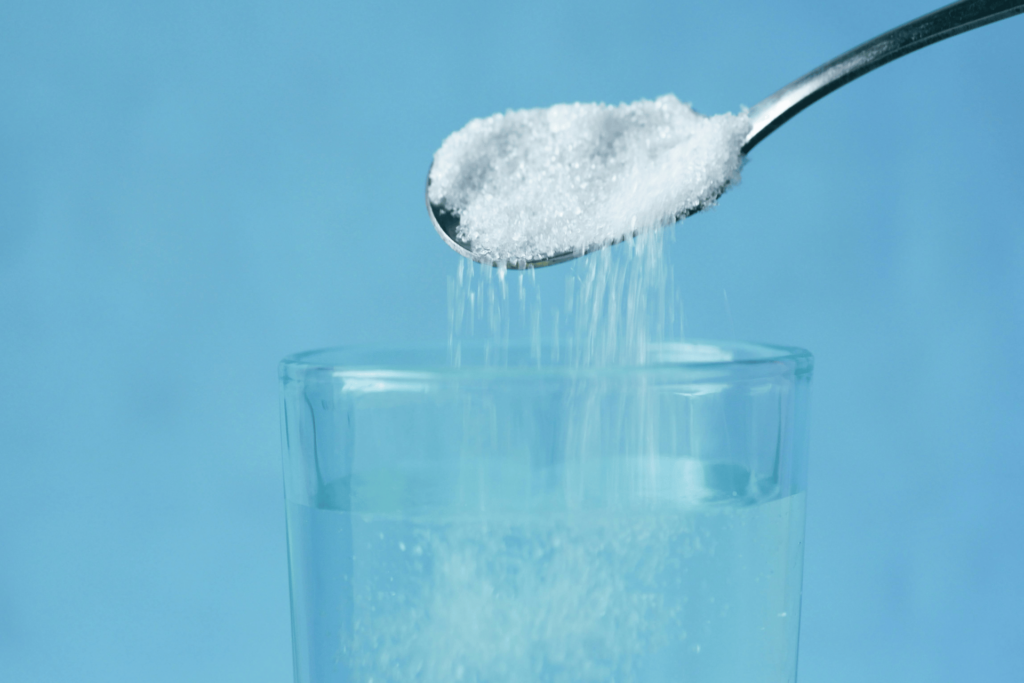
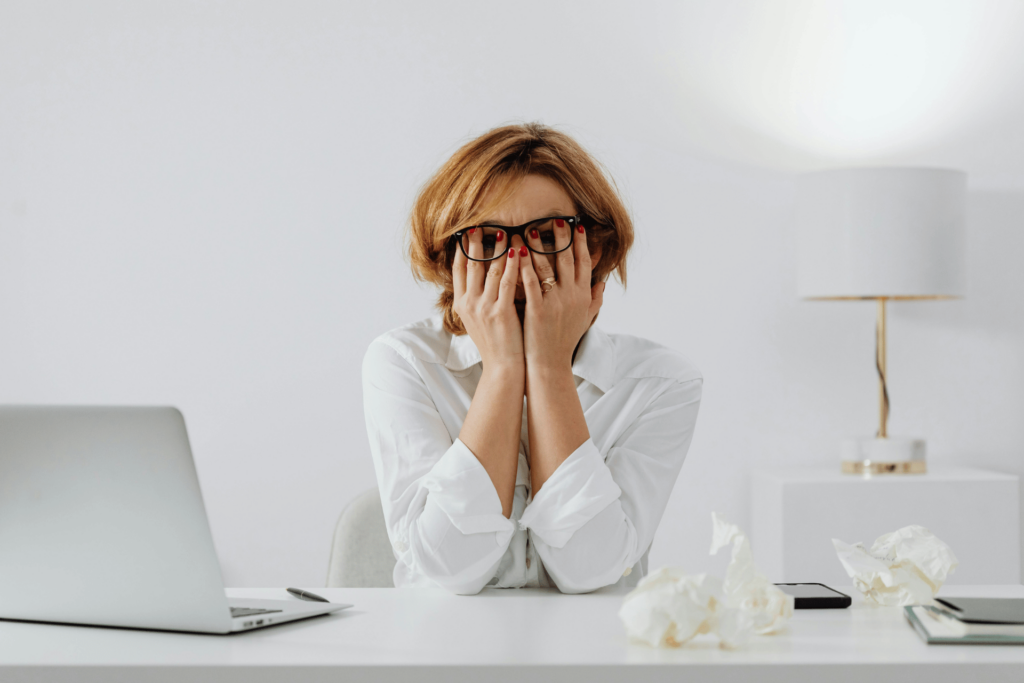
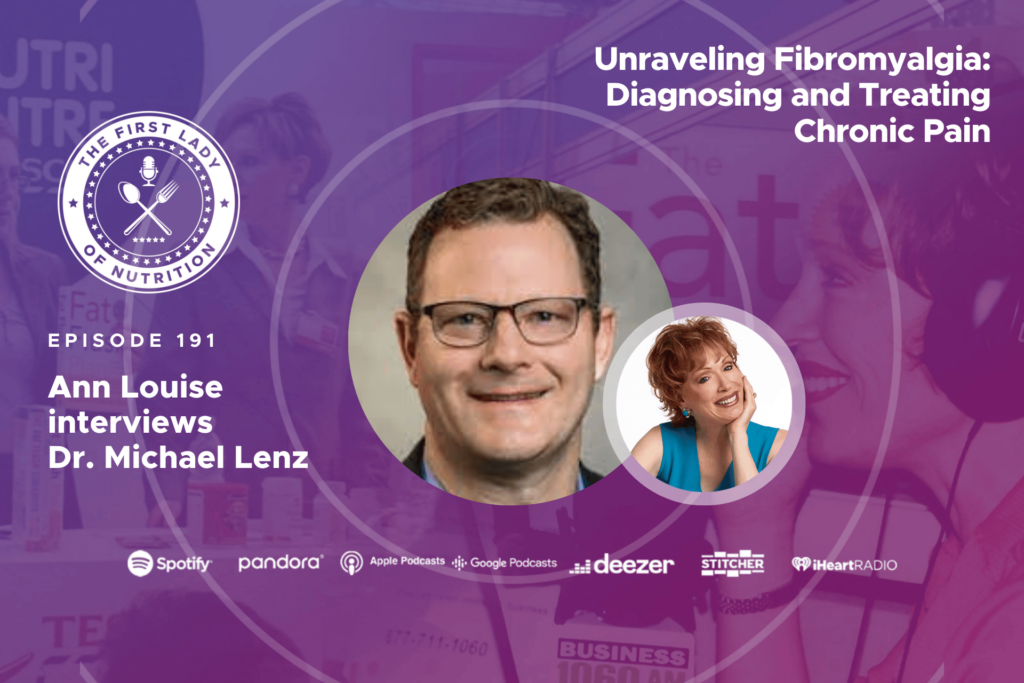




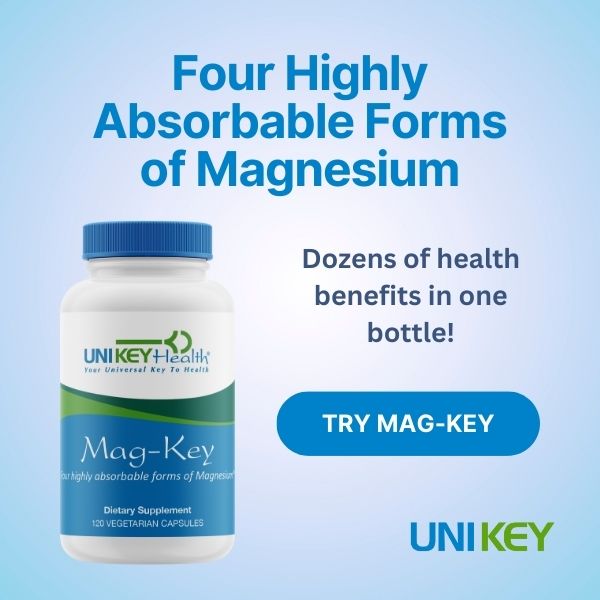
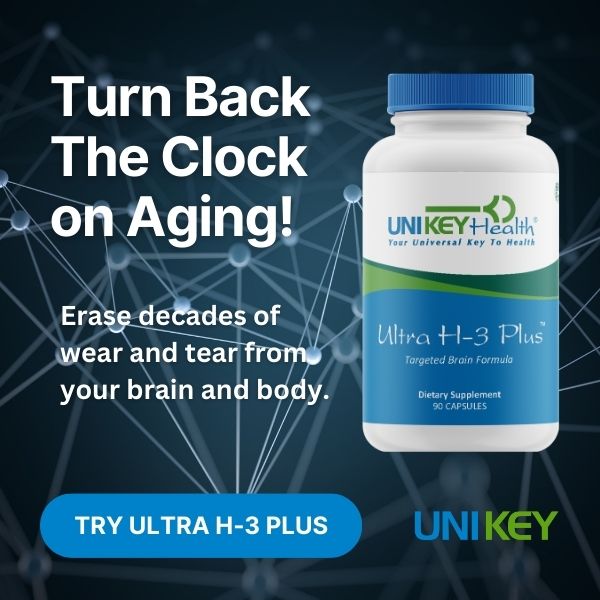
25 Responses
I’ve struggled with rosacea for years. My doctor tells me that alcohol is a trigger, but I also read that the “old saw” that rosacea means you’re an alcoholic is false.
Is it safe to drink a little wine if I’m careful with the rest of my diet?
What will GLA do for my skin?
Thank you for the information. I have been suffering from rosacea for a few years now and I’ve been to several dermatologists inquiring about treatment. I am not a severe case but my cheeks stay red all throughout the day and when I flush my entire face, ears, neck, and chest turns bright red. This can be quite painful and last for a while.
You recommend wearing sunblock, but every chemical based sunblock burns my skin when I put it on and all of the mineral based sunblocks I’ve tried leave me looking white-faced (even when I use small amounts). I am naturally olive complected.
Many of the dermatologists I’ve seen continue to treat rosacea like acne instead of seeing it as an autoimmune disorder. They prescribe antibiotics to reduce inflammation like you mentioned but they also then prescribe topical acne treatments like Retin-A or Differen which actually irritate and damage my skin further. None of the dermatologist treatments I’ve tried have helped.
So I quit going to dermatologists and tried going the cosmetic surgery route. I had three treatments of Levulan Photodynamic Therapy (PDT) and I did note reduced redness and less flushing (thank God my ears finally stopped burning) but the redness on my cheeks didn’t go away. I moved from Jacksonville, FL to Nashville, TN last year.
So I went to another cosmetic surgeon in Louisville, KY who recommended that I try the Sciton Laser to target the redness. My first try was unsuccessful on my face, neck, and chest so I came back and had another session at a different wave-length and that was also unsuccessful.
So I’m wondering what’s left to try. I try to eat very clean and I do follow the fat-flush lifestyle, I’ve detoxed myself several times, I drink Cranberry H20 every day. I just want to get up in the morning and not see the red, I want to be able to hang out without flushing, and work out without people wondering if I’m going to pass out.
I have found GLA to nourish the skin and act as a potent anti-inflammatory. Worth a try.
I would suggest both of you get tested (a simple blood test) for H. Pylori, in any case.
Tabatha, try mixing the physical sunscreen with a little foundation to get the right color. You may need a darker color than you’d usually wear before getting it right.
Even when I’m eating correctly (just got my Fat Flush for Life in the mail yesterday!), I find that the weather has quite an impact on my rosacea. I’m a physical sunscreen fanatic in all seasons, but even so summers are very hard on my skin. Cold windy days in the winter also lead to redness. There are some decent over-the-counter creams that help to reduce the redness but others that work for friends have made mine worse.
Yes, I’ve had H. Pylori and my doctor is after me to go back for a re-test to check that it’s gone.
On a diffferent topic, could you offer some help on those who have extreme dry skin, ezcema and asthma problems?
Please pick up a copy of The Living Beauty Detox where skin is covered in detail 🙂
I have had rosacea since I was 18. The one topical remedy that has worked for me has been aloe straight from the leaf. It is much better than any prescribed gel/cream/ointment/lotion and it is better than the antibiotics. Good luck to you.
Funny, I just was realizing this morning that my rosacea has been gone for awhile. For about 3 months I’ve been taking GLA, B complex, probiotics and cranH20 faithfully, as well as drinking some green tea. Interesting!! Something must be working! Thank You Ann for sharing all this helpful information.
Dear Friends…I have a blotchy red rash on my face almost constantly..the red spots are quite large…is this Rosacea? It is not a red blush, it has the rash and bumps. Thanks for help. Ralph
In regards to Helene’s comments, when I first started having rosacea symptoms I would return from lunch at work and my face would be red. People would comment that I must have had a drink (alcohol) at lunch. It did get old hearing that after a while, but down the road I realized that one of my triggers was avocado! I ate avocado on my sandwich almost every day! That was around 20 years ago. I still suffer with rosacea, but avocado is no longer a trigger, yea! Chocolate is one, going from the cold into a warm building is a big one, and spicy food which I love is another!
Ralph: Sounds like the GLA might be worth a try. Thanks for your post.
I’ve had Rosacea since 1974 when I developed skin cancer on my forehead and both cheeks. This was treated with hydrocortisone creams [10%], which after two years removed the ugly oozing purple blotches, though red face and spider veins were the result. I’ve tried various dermatological treatments from creams to laser zaps, only to have the veins explode in more spidery veins. I have over the years developed ulcers from large doses of Motrin and Aspirin to control an arthritic condition [onset at age 20 and relatively controlled through 2006 when back surgery was required to cure spinal stenosis which has left me 100% disabled at age 64]. I now use Acetaminophen / Codeine and methadone for pain relief. I’ve used either old spice or Mennen After Shave since age 16 and still use 1% solution hydrocortisone to control pimples and severe redness. I’m about to get on the Fat Flush and Dr. Gittleman’s Diet. Any other recommendations as an aid to both weight loss and curing the Rosacea?
I just ordered the Fat Flush Kit and will be starting phase 1 on Monday. I also ordered the CLA 1000 and the Ultra H-3.
Will I really see improvement for the rosacea? I have the level 2 with the bumps.
Thank you!
Having tried many products similar and most a lot more expensive, I was reluctant with my expectations of anything new.
I have a lot of redness around my eyes and after about a week and a half of daily use of the Made from Earth Rosehip Hibiscus Serum, I actually could see the redness has lessened. With continued use, about three weeks now, it still seems to be improving. Even though I am 61, I don’t have a big issue with wrinkles. Over all, I am very pleased with the results and the price!
For those with rosacea, look into being tested for Small intestinal bacterial overgrowth by a gastroenterologist. After hours and hours of research I came across a study done in Italy that linked rosacea to SIBO and effective clearing of it once SIBO was eradicated. Here’s the link: https://www.metsol.com/wp-content/uploads/2011/02/Rosacea-SIBO.pdf
I struggle with rosacea that flares on and off. I finally went and got tested for SIBO and it came back positive. Look into it.
I occasionally suffer with my eyes (minor ocular rosacea) – but the eye drops do work. I only ever got rosacea on my cheeks and across my nose. I have used the Somaluxe Redness Repair for 7 months both morning and night and I am delighted to say this stuff has completely cleared all symptoms. I use dove soap bar in the morning to wash my face and I apply the Somaluxe Redness Repair once and again before bed. I highly recommend this product and it sounds dramatic to say but its given me my confidence and life back.
Dermalmd rosacea serum is best for red face I’ve only been using dermalmd about a month or so and I can tell a difference already. The sides of my face and nose are extremely red and it has lessened. It is a very thick serum but is not greasy at all, a little goes a long way.
Liliana, I’m glad you have found a product that works for you. Have you tried using GLA-90? That is very anti-inflammatory and has really soothed and reduced the redness for many people. You can take it internally and also open the capsule and apply it directly to the area for relief.
I am fascinated with the information on the site. It is exactly the approach I was looking for to manage Acne Rosacea.Thank you Ann! And thank you to everyone for sharing your experiences.
I just ordered Fat Flush for Life and would like to start detoxifying my liver. Since I have no interest in losing weight, what is recommended that I tweak in the Spring Fat Flush program?
I’ve alrady started drinking 4 cups of cranH2O daily, taking B complex and am getting ready to buy the GLA and probiotics.
I’m curious about trying the walnut Bach flower remedy due to a transition I am going through that is creating a lot of tension.
Any suggestions would be greatly appreciated.
Team ALG here: To do the Spring detox and not lose weight increase the portion sizes. Have 2 or more servings of the clean carbs too. You can have more of the flax and fish oil also. The Bach Flower Remedy Walnut is wonderful to help ease transitions.
Thanks so much for your prompt response! Happy day to all!
I’m about to start the Spring Fat Flush and my biggest challenge is not having brown rice on the list.
I normally eat it 2 times a week and another time I have brown rice pasta.
Can someone please clarify if eliminating it is more geared to aid with weight loss or to help detox the liver?
Thank you!
Team ALG here: It is both for weight loss and liver detox. Brown rice is high in arsenic. Spring is a liver detox time so you don’t want to eat foods high in heavy metals
So did it all go away?
My daughter, 14, developed a sudden red rash on her face for several weeks. She was then diagnosed by our chiropractor as having low stomach acid (after significant testing and all other options ruled out). He prescribed “Zypan” by Standard Process, which immediately helped her stomach pain. THEN…her face cleared up within 48 hours. Gone. NO REDNESS. Children’s Hospital insisted no link. So, after two weeks, I took her off Zypan, just as a test. Within 24 hours, redness was back. Day 2 was FULL ON facial pain and itching. So, on day 3, I told her to try the Zypan again. 24 hours later, redness gone. If you are suffering, give it a try – 1 to 3 Zypan per meal. Have been told you should be able to go off within a month or so, once your own stomach acid revs up.